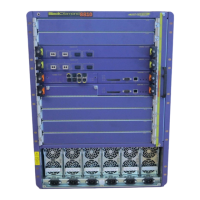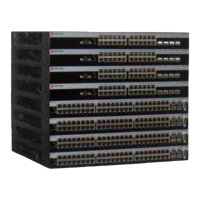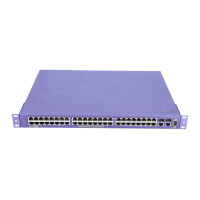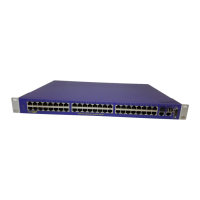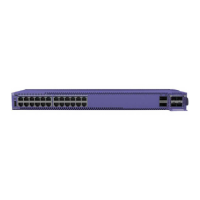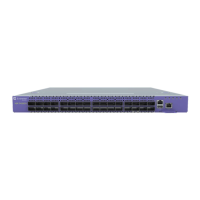BlackDiamond 8800 Series Switches Hardware Installation Guide
73
Evaluating and Meeting Cable Requirements
This section describes requirements for the cable you should use when installing your network
equipment. It includes:
● Cabling Standards
● Cable Labeling and Record Keeping
● Selecting Cable
● Installing Cable
● Radio Frequency Interference
Cabling Standards
Extreme Networks recommends using the Building Industry Consulting Service International (BICSI)
Registered Communications Distribution Designer (RCDD), which is globally recognized as a standard
in site planning and cabling. For information, go to:
http://www.bicsi.org
Cable Labeling and Record Keeping
A reliable cable labeling system is essential when planning and installing a network. Maintaining
accurate records helps you to:
● Relocate devices easily.
● Make changes quickly.
● Isolate faults in the distribution system.
● Locate the opposite end of any cable.
● Know the types of network devices that your cabling infrastructure can support.
Consider the following recommendations when setting up a cable labeling system suitable for your
installation:
● Identify cables by securely attaching a label to all cable ends.
● Assign a unique block of sequential numbers to the group of cables that run between each pair of
wiring closets.
● Assign a unique identification number to each distribution rack.
● Identify all wiring closets by labeling the front panel of your Extreme Networks equipment and
other hardware.
● Keep accurate and current cable identification records.
● Post records near each distribution rack. Include the following cable drop information:
-Cable source
- Cable destination
-Jumper location
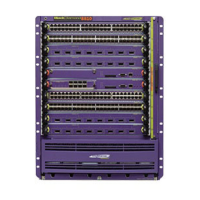
